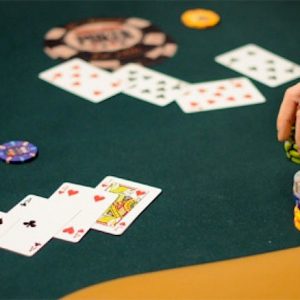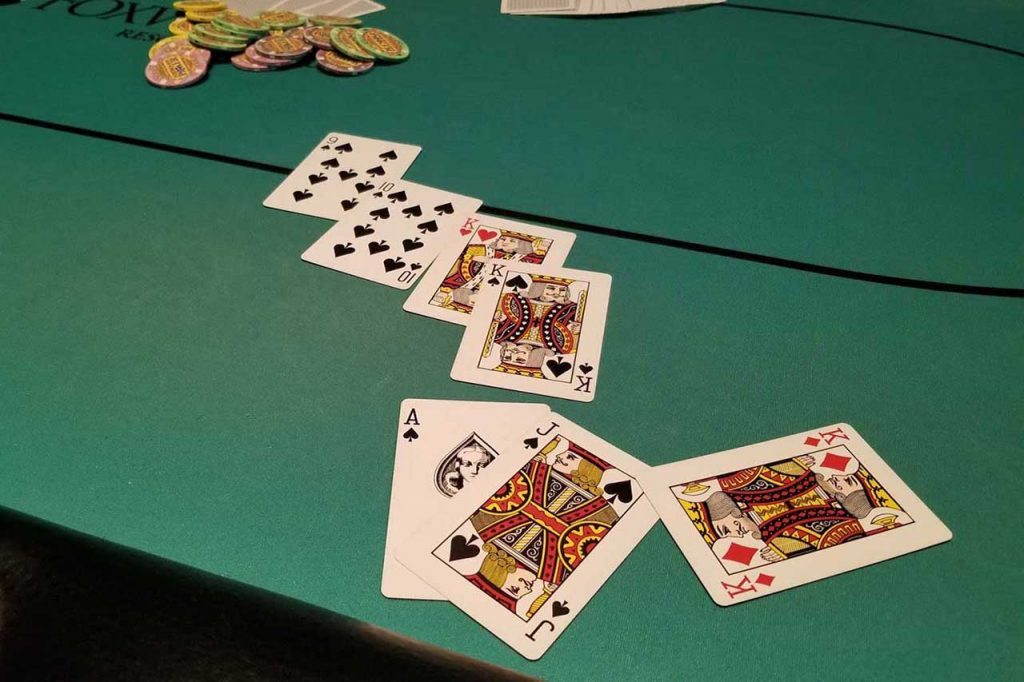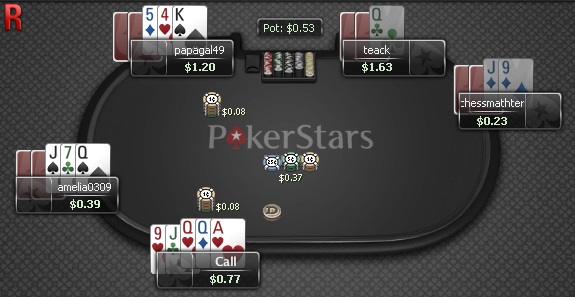8 Game Strategy Part IV – Seven Card Stud

Continuing our series on 8-Game strategy, we look at one of three variants of Stud poker in the game. Seven Card Stud is the oldest form of poker still spread in live and online poker rooms. It is a simple game where players make the best poker hand out of seven cards. Each player has their own hand and there are no community cards.
Let’s look at some basic elements of the game that will help you do better during Seven Card Stud rounds.
Commit Folded Cards to Memory
Seven Card Stud will give you more information about your opponent’s hand than any other form of poker. That’s because you can see up to four cards of a player’s hand. This is powerful information. You can further narrow a player’s hand based on the cards that are folded by other players.
As such, you need to commit folded cards to memory as best you can. The more cards you can remember that are folded, the better you’ll be at putting players on hands. This will help you know when a player has that straight they are representing or if are bluffing.
Beware the Open Door Card Pair
One of the basic rules that most Stud players know is that if a player pairs up their door card (the upcard on the deal) then it is likely they have trips. That’s because many players will open with a pair matching their door card. If they don’t have trips, they likely have two pair.

No, this is not always the case, but it is the case often enough to where you need to slow down or get out of the hand once they pair their door card.
Complete on Third With the Highest Door Card
If you’re paying attention, aggressive players will generally complete the bet on Third Street when they have the highest door card. This is a standard aggressive play you’ll see in Stud. You’re representing that you have a pair of that card and are taking the initiative in the pot.
The higher the door card, the better. Nearly every Ace will complete the bet on Third Street and rightly so. Completing with the highest door card will generally take down the pot right there. If it doesn’t, it will help you put your opponent on a hand. They will generally call with a pair or a draw with overcards.
Count Your Points Before Playing a Draw
Roy Cooke has a points system that’s good for determining whether you can play a draw. It assigns one point to primary cards for your draw and half a point to secondary. For a flush draw, the primary cards will be all hearts. For an open-ended straight, the primary cards are one card to either side of your starting hand. Secondary cards are two cards to the left or right of your starting hand.

If there are more than 2.5 points on board, then abandon the draw. For example, if you have J-10-9 and you see two eights and a queen out, it’s time to fold as there are three points in play. Using a points discipline will ensure you draw when you have enough outs to catch.
Call a Single Bet at the End With Most Reasonable Hands
Many players make the mistake of folding to a single bet on the river, even if they have a hand worth calling. They see someone has a potential straight and fold two pair because they figure they are beaten. This is a huge mistake.
Often, you will have the pot odds to make a call of a single bet on the river, even with something as low as a pair of deuces. An aggressive player will bet their draw, even after they miss it. They represent their hand to try and force you out. It is almost always correct to call a single bet at the end, even if you think you’re beat.
Next week, we will look at Stud 8 or Better. Most people think they know how to play the game, but Stud 8 is a game where players make more errors than any other game.
